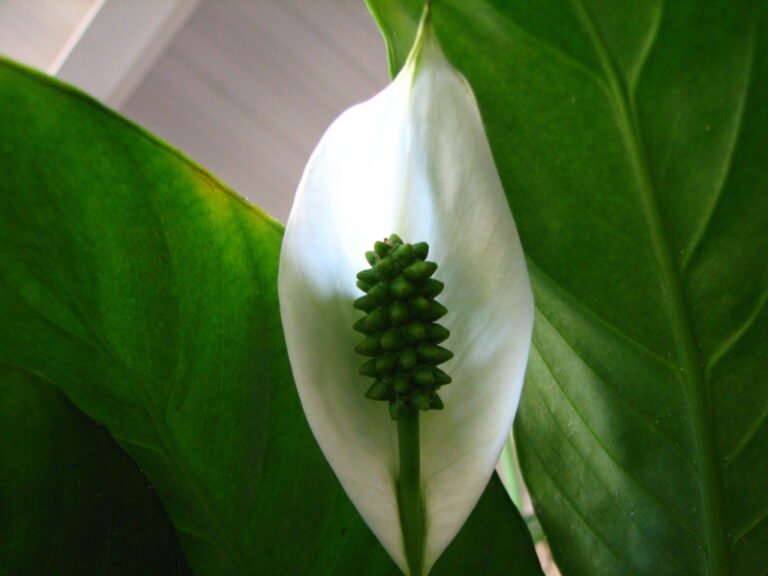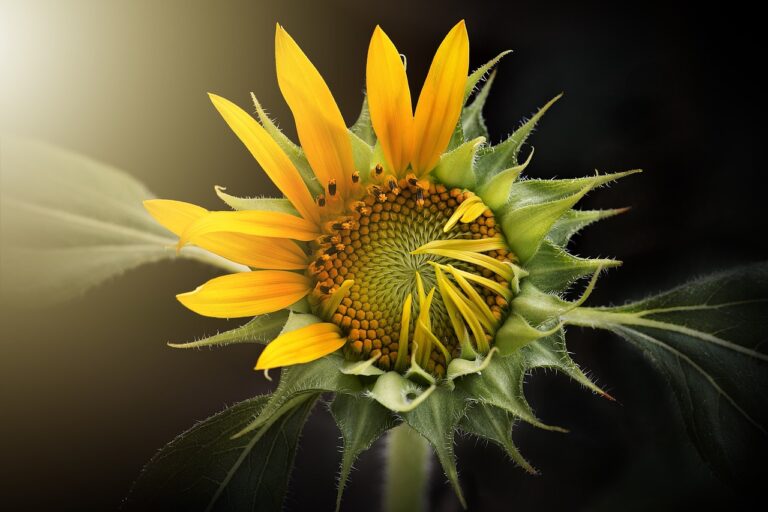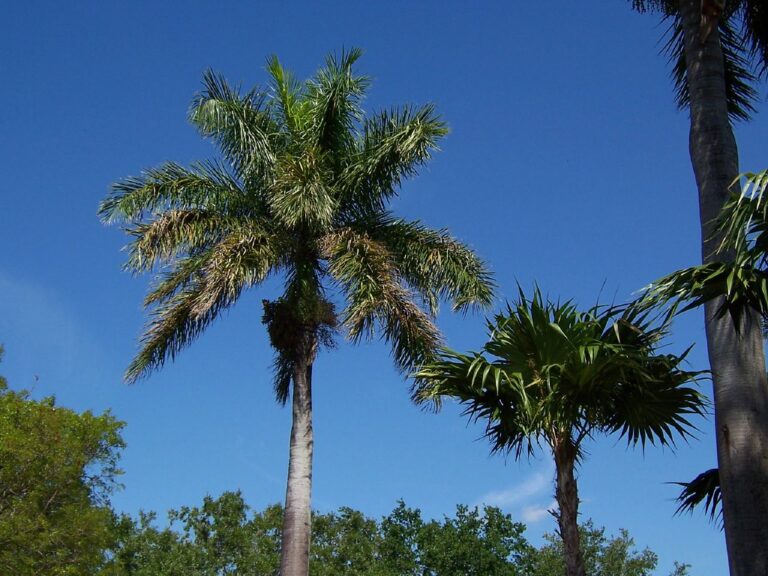Exploring Different Types of Dracaena Plants
Exploring Dracaena plants reveals a world of unique varieties like Reflexa, known for striking, bi-colored leaves. Deremensis types feature broad, light-margined foliage, ideal for air purification. Fragrans species offer fragrant blooms and allergy-friendly options. Draco varieties boast exotic red resin and low maintenance qualities. Surculosa, or Gold Dust Dracaena, thrives in warm indoor climates with visually appealing speckled leaves. These plants not only enrich indoor spaces but also purify the air effectively. Each variety brings its characteristics, making Dracaena an intriguing choice for plant enthusiasts looking to add charm and functionality to their surroundings.
Dracaena Reflexa Varieties
Have you ever pondered about the wide array of Dracaena reflexa varieties available in the world of indoor plants? Dracaena reflexa, commonly known as Song of India, is a mesmerizing plant with long, tapered leaves that showcase a stunning bi-colored appearance. Originally classified as Dracaena marginata, this species has evolved to include various subspecies, each displaying unique leaf colors and patterns. When placed in living rooms, Dracaena reflexa stands out with its distinctive dragon tree-like appearance, making it a popular choice for those seeking to add a tropical touch to their indoor spaces.
The allure of Dracaena reflexa lies in its elegant foliage, characterized by long, bicolored leaves that bring a touch of nature indoors. Its striking appearance not only enriches the aesthetic appeal of a room but also contributes to a healthier indoor environment. The plant’s ability to thrive in indoor conditions with minimal maintenance makes it a sought-after option for interior decorators and plant enthusiasts alike.
Dracaena Deremensis Varieties
Dracaena reflexa varieties enchant with their bicolored foliage, and now shifting our focus to Dracaena deremensis varieties, we encounter plants known for their broad leaves and upright growth habits. Dracaena deremensis, including the cultivar Dracaena compacta, are distinguished by their deep green, glossy leaves with light margins that add to their allure. These plants are favored for indoor settings due to their manageable height, typically reaching 80 to 100 cm, and their upright growth pattern that fits well in confined spaces.
- Dracaena deremensis varieties are recognized for their broad leaves with light margins, contributing to their aesthetic appeal.
- The deep green foliage of Dracaena compacta, a derivative of Dracaena deremensis, is dense and lush, enhancing indoor environments.
- NASA experiments have confirmed the air-purifying qualities of Dracaena compacta, making it a sought-after choice for indoor spaces.
- The shiny leaves of Dracaena deremensis varieties not only brighten up rooms but also contribute to their air-purifying capabilities, promoting a healthier indoor atmosphere.
Dracaena Fragrans Varieties
Among the various range of Dracaena species, the types of Dracaena fragrans stand out for their distinctive characteristics and advantages in indoor environments. Dracaena fragrans ‘Cintho’ displays bulbous variegated leaves, making it an attractive addition to indoor spaces. With proper care, this variety can also produce fragrant flowers, adding a pleasant aroma to its surroundings. On the other hand, Dracaena fragrans ‘Dorado’ is recognized for its shiny variegated leaves and is well-suited for hydroponic cultivation, offering a unique option for those interested in soil-free planting methods. For individuals prone to allergies, Dracaena fragrans ‘Hawaiian Sunshine’ presents itself as a favorable choice due to its allergy-friendly properties. This variety not only benefits allergy sufferers but also reduces the risk of waterlogging, promoting healthier growth conditions. Additionally, Mass Cane, also known as Dracaena fragrans ‘Massangeana’, features yellow stripes on its green leaves and emits fragrant flowers, making it a popular choice among plant enthusiasts. Finally, Dracaena Warnock, or Dracaena fragrans ‘Warneckii’, boasts broad leaves with light margins and an upright growth pattern, adding a touch of elegance to any indoor setting.
Dracaena Draco Varieties
With a striking appearance and resilience to infrequent watering, the Dracaena Draco varieties add an exotic touch to both indoor and outdoor settings. The Dragon Tree, also known as Dracaena Draco, is a unique plant that stands out for several reasons:
- Red Resin: When pruned, Dracaena Draco exudes red resin, enhancing its exotic appearance and adding a touch of intrigue to any space.
- Green Leaves with Red Coloration: These varieties showcase green leaves with a bruised red coloration, creating a visually appealing contrast that is aesthetically pleasing.
- Hardy and Low Maintenance: Dracaena Draco is hardy and can withstand infrequent watering, making it an excellent choice for beginners or those with busy schedules.
- Suitable for Various Environments: Thriving in subtropical landscapes and outdoor settings within USDA hardiness zones 9 to 12, Dracaena Draco can also be grown indoors, reaching a manageable height of about 1.52 meters, making it a versatile choice for home environments.
Dracaena Surculosa Varieties
Hailing from tropical regions of Africa, the Dracaena surculosa varieties, also known as Gold Dust Dracaena, flourish in warm temperatures above 15°C when grown indoors. These plants showcase striking leaves with a mesmerizing mottled speckled pattern, making them visually enchanting additions to indoor spaces. Resembling a small bamboo plant, Dracaena surculosa adapts well to tropical climates, reflecting its natural habitat. This variety’s unique foliage makes it well-suited for indoor cultivation in areas that consistently maintain warmth levels above 15°C.
The Gold Dust Dracaena is a popular choice for indoor plant enthusiasts due to its low maintenance requirements and visually appealing aesthetics. To guarantee robust growth, provide well-draining soil and moderate light conditions. Avoid overwatering, as Dracaena surculosa is prone to root rot. Regularly clean the leaves to prevent dust buildup and preserve the plant’s vibrant appearance. Additionally, occasional misting can help replicate the humidity levels of its native tropical environment.






